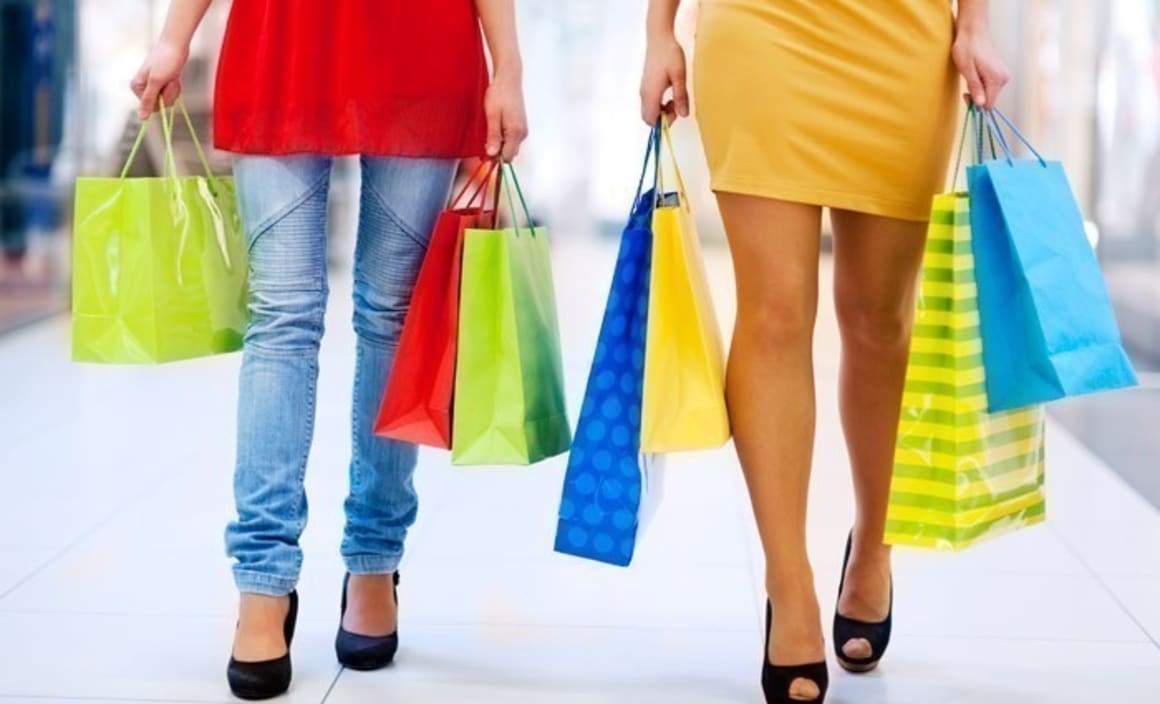International brands to continue coming and setting up shop: CBRE

Australia is likely to continue to attract international retail brand entrants in 2017, according to CBRE’s latest report.
Australia’s favourable macroeconomic conditions (relatively strong growth in population and consumption compared to other developed economies) and low international brand penetration (28%) to date enhance the case for entry into Australia.

Many international retailers are entering the market and taking market share from incumbent businesses that are grappling with the lower sales growth environment and thinner profit margins.
The low penetration rate of international brands appears to have enabled high turnover per store for some new entrants.
H&M’s Sydney and Melbourne stores were among the group’s best global traders with its Australian sales (per store) achieving top three results in its global platform in 2015 and 2016 and twice as productive as its average store sales globally (according to its annual results).
But new international brands entering the market and recently arrived international brads expanding will, at some point, likely cause cannibalisation of incumbent store sales and also lower sales growth for new entrants, the report says.
In some overseas markets new entrants went through a period of consolidation because initial brand rollout plans were too aggressive.
Australia would not be impervious to this scenario if brand rollouts prove overly ambitious, but we suspect that previous experiences should lend some caution to new entrants.
According to CBRE’s retail brand database (tracking about 450 international retailers globally), more than 90 existing international retailers are looking to roll out stores across Australia over the next five years, and another 50 plus brands are looking at launching their first flagship store.
“Luxury retailers were the largest group (by number) to enter Australia in 2016 and we expect this trend to continue for a further two to three years before slowing down as they reach their store targets,” the report stated.
Mid-range fashion and specialist clothing brands are expected to increasingly contribute to brand entry over the next five years.
These types of retailers have a broader target market than luxury brands, who tend to focus on CBD or super prime regional centre locations.
“We are expecting to see the second phase of fast fashion retailers expanding into suburban and regional locations,” the report says.
H&M, for example, has opened numerous stores in suburban locations (typically regional shopping centres) as well as targeting major regional cities.
“We expect other fast fashion brands will follow suit over the coming years, absorbing space that may be vacated by discount department stores and other retail incumbents,” the report warned.
“We expect that over the next five years up to 1.2 million sqm or 7% of current retail stock will be sought by international retailers.
“If this occurs the level of demand is expected to almost absorb the supply pipeline (CBD and shopping centres) over the next five years, reducing the risk of oversupply.”
The upside risk is additional demand from domestic retailers, although that is not a given as the domestic retail industry has experienced profit margin pressure over the past few years.